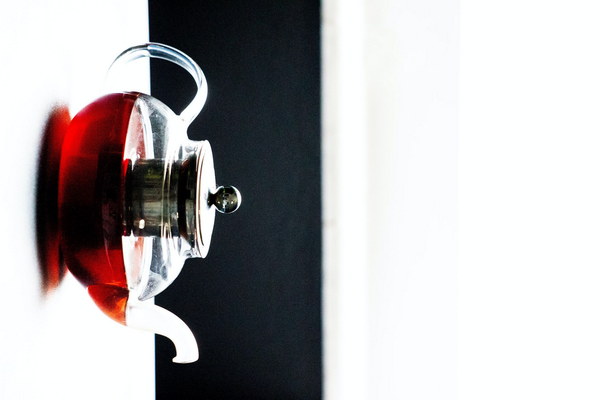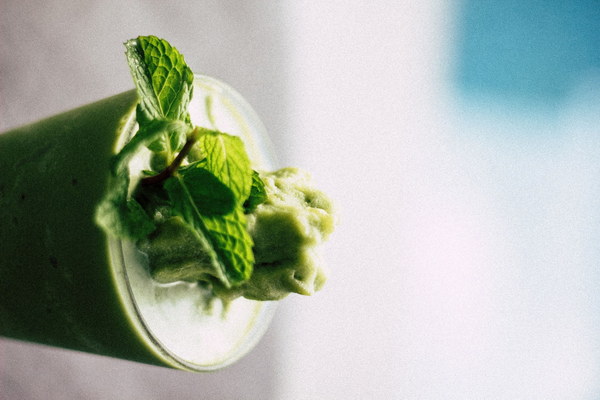Balancing Yin and Dampness The Art of Yin Tonification without Enhancing Dampness and Dampness Removal without Damaging Yin
In traditional Chinese medicine (TCM), the concept of Yin and Yang plays a crucial role in maintaining health and balancing the body's internal environment. The principle of Ziyin Bu Zeng Shi, Qu Shi Bu Shang Yin emphasizes the importance of nourishing Yin without exacerbating dampness and removing dampness without harming Yin. This delicate balance is essential for overall well-being and preventing various health issues.
To understand this principle, it is vital to grasp the concepts of Yin and Yang in TCM. Yin represents the cool, moist, and inward aspects of the body, while Yang symbolizes the warm, dry, and outward aspects. A harmonious balance between Yin and Yang is crucial for maintaining health. When Yin and Yang are imbalanced, various health problems can arise.
Dampness, in TCM, refers to an excess of fluid or moisture in the body, which can lead to discomfort and illness. It is often caused by an accumulation of dampness in the body, which can be due to factors such as poor diet, excessive moisture in the environment, or internal imbalances. The principle of Ziyin Bu Zeng Shi, Qu Shi Bu Shang Yin aims to address dampness without disrupting the Yin balance.
Here are some key points to consider when applying this principle:

1. Nourish Yin without increasing dampness
To nourish Yin without increasing dampness, it is essential to choose appropriate herbs and foods that have a Yin-nourishing effect without being damp in nature. Herbs like rehmannia, peony, and alisma are commonly used in TCM to nourish Yin while reducing dampness. Similarly, foods such as quinoa, black sesame seeds, and pearl barley are rich in Yin and can help maintain a balanced Yin level without exacerbating dampness.
2. Remove dampness without harming Yin
To remove dampness without harming Yin, it is crucial to use drying and draining herbs and foods that are suitable for the individual's constitution. Herbs like atractylodes, cinnamon, and magnolia can help eliminate dampness while supporting Yin. Foods such as ginger, green tea, and soy sauce can also aid in dampness removal without adversely affecting Yin.
3. Lifestyle adjustments
In addition to herbal and dietary approaches, lifestyle adjustments are also essential for maintaining the balance between Yin and dampness. Regular exercise, adequate sleep, and stress management can help maintain a healthy Yin balance and reduce dampness. It is also important to avoid exposure to excessive moisture and to wear appropriate clothing in damp environments.
4. Individualized treatment
It is crucial to remember that TCM treatment is highly individualized. Each person's constitution, lifestyle, and health condition are unique, and a personalized approach is necessary to achieve the desired balance between Yin and dampness.
In conclusion, the principle of Ziyin Bu Zeng Shi, Qu Shi Bu Shang Yin is a vital aspect of traditional Chinese medicine. By understanding and applying this principle, individuals can achieve a balanced Yin and dampness level, leading to improved health and well-being. By focusing on nourishing Yin without increasing dampness and removing dampness without harming Yin, individuals can harness the power of TCM to maintain their health and prevent various illnesses.









